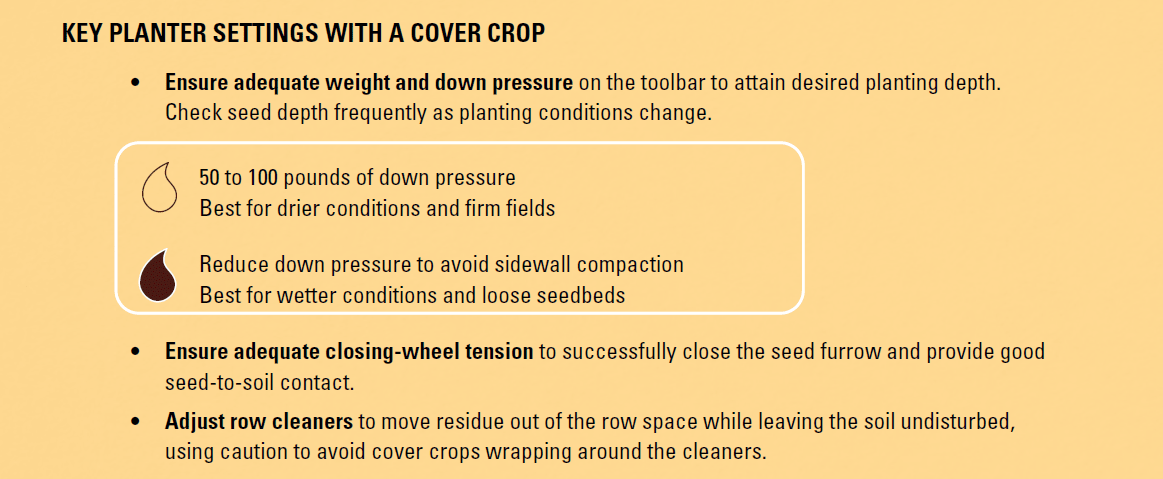
We have a full slate of events coming up and hope to see you at one near you! From in-field practices like cover crops and strip-till to practices looking at reducing nitrate coming from tile drainage systems like bioreactors and a Smart Agricultural Drainage System using a robot to measure nitrate concentration, we have an event for you.
Please RSVP to ilf@iastate.edu or call 515-294-5429.
Cover Crop and Precision Planting Field Day
May 30, 2024 | 5:30 PM – 7:30 PM
Location
Brandon McHugh Farm – Bin Site
1667 Racine Trail
Woodbine, IA 51579
Smart Agricultural Drainage Systems Workshop
June 4, 2024 | 12:00 PM – 2:00 PM
Location
Borlaug Learning Center
3327 290th St
Nashua, IA 50658
Smart Agricultural Drainage Systems Workshop
June 5, 2024 | 12:00 PM – 2:00 PM
Location
Northwest Research Farm
6320 500th Street
Sutherland, IA 51058
Smart Agricultural Drainage Systems Workshop
For Conservation Professionals and Crop Advisors
June 6, 2024 | 12:00 PM – 2:00 PM
Location
ISU Field Extension Education Laboratory (FEEL) Farm
1928 240th St
Boone, IA 50036
Strip-Till and Bioreactor Field Day
June 11, 2024 | 10:30am – 12:30pm
Location
Kristi Heffelmeier Farm
14745 Hammond Ave
Buckingham, IA 50612
Conservation On Tap
June 13, 2024 | 6:00pm – 7:00pm
Location
Confluence Brewing Company
1235 Thomas Beck Rd
Des Moines, IA 50315
In partnership with Des Moines Water Works
Pollinator and CRP Field Day
June 27, 2024 | 10:30am – 12:30pm
Location
Pete Tollenaere Farm
2497 Kelp Ave
Fairfield, IA 52556
In partnership with Pathfinders RC&D, Iowa DNR & National Fish and Wildlife Foundation





















